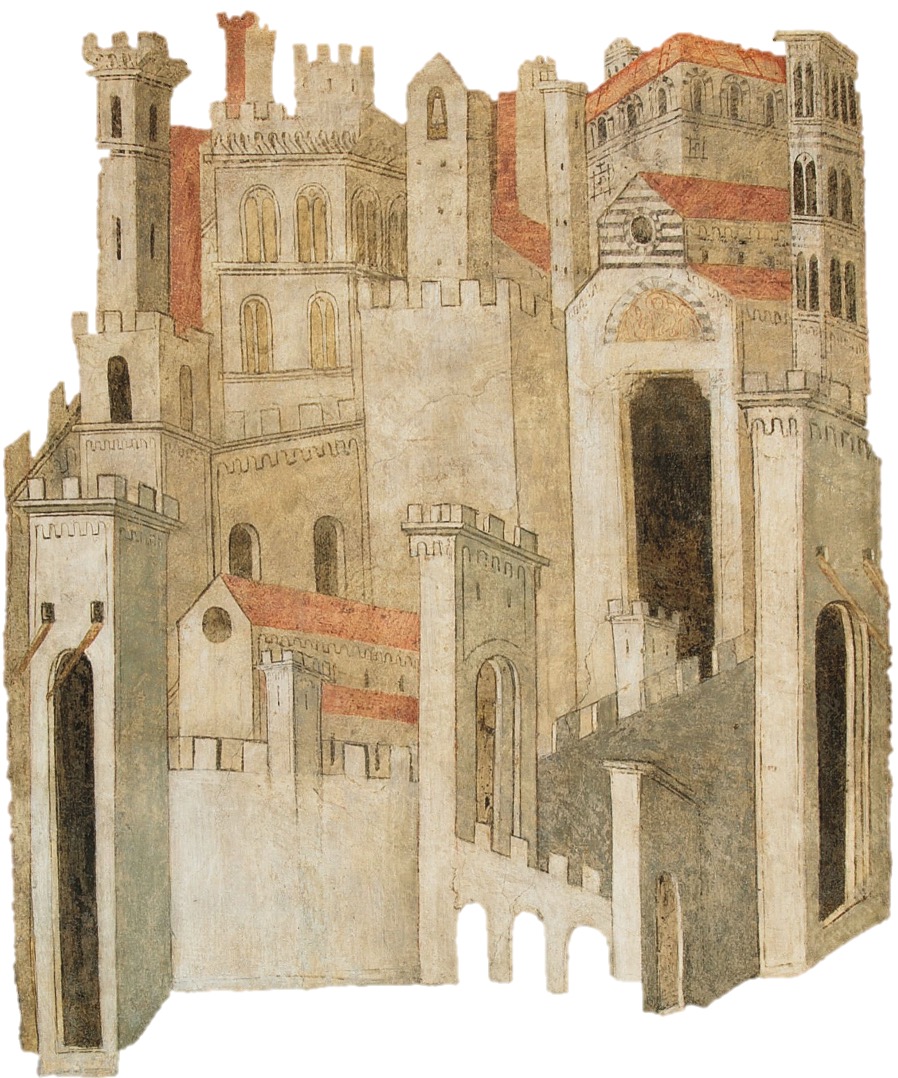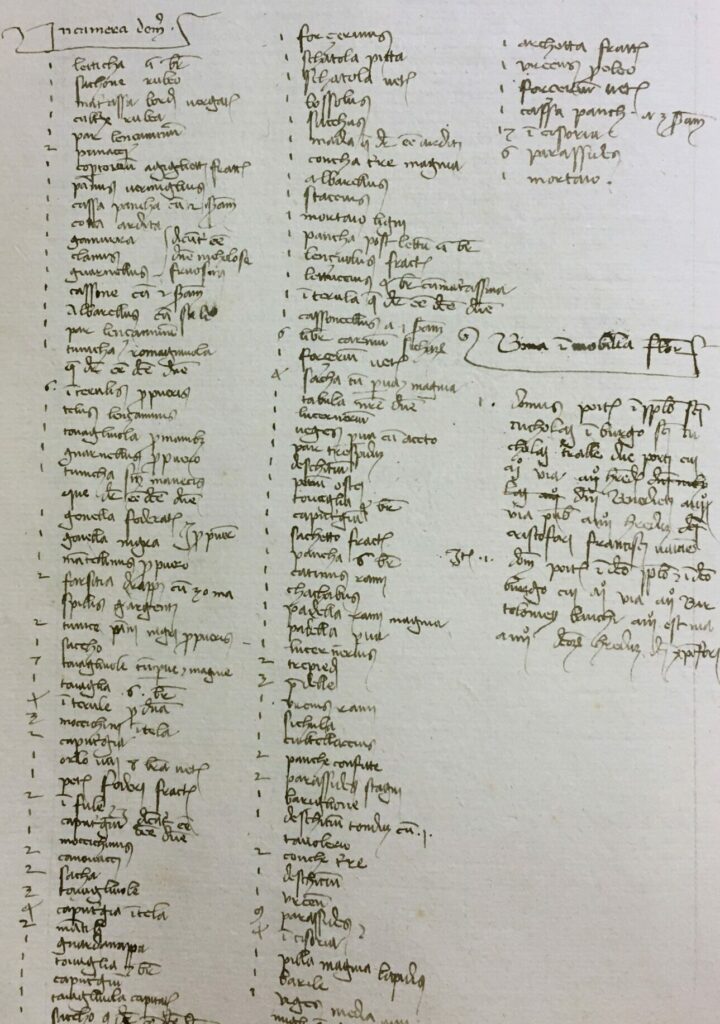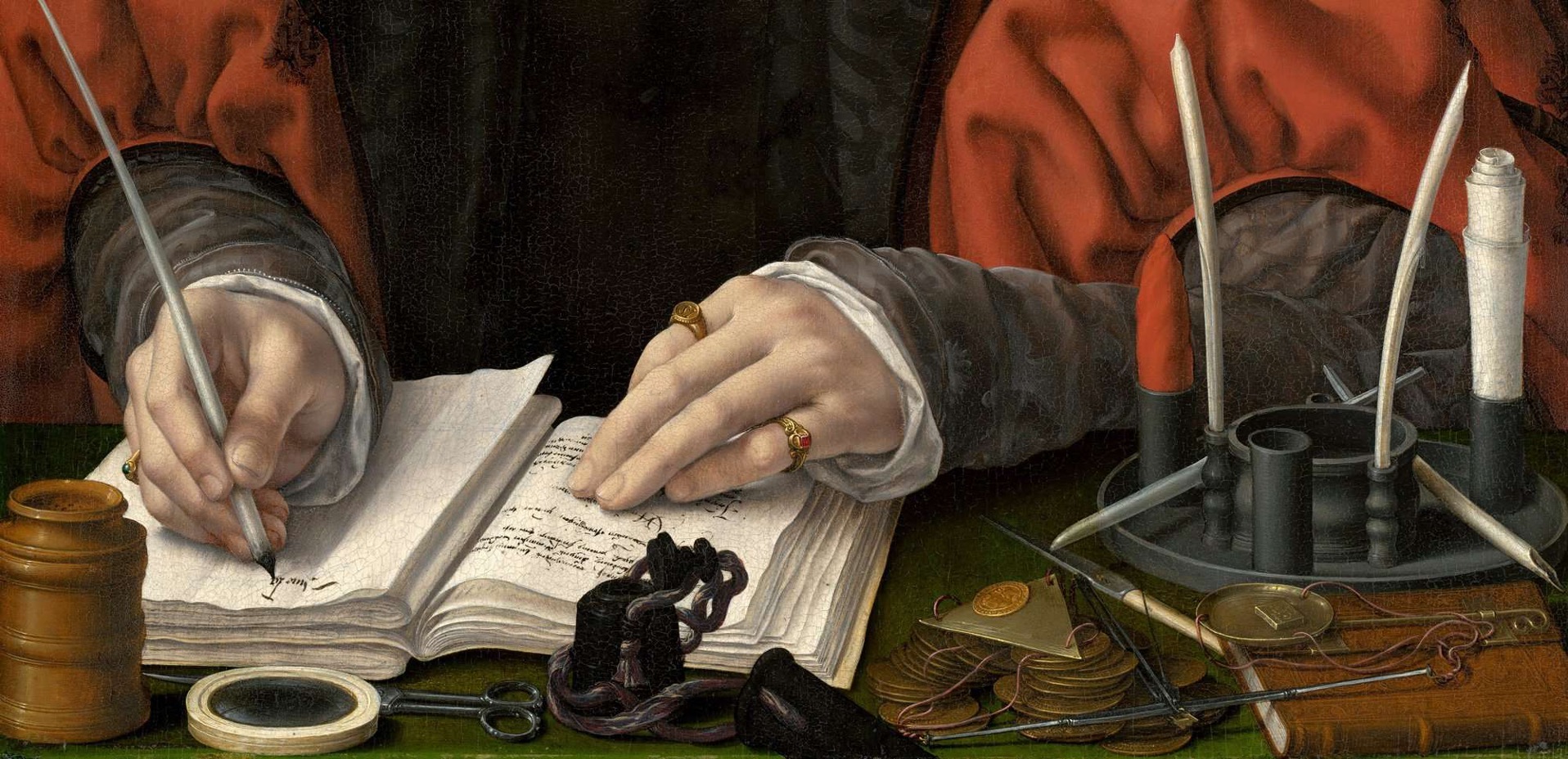
ABOUT pupilli

PUPILLI – Domestic Inventories of Early Modern Florence engages with more than 3,000 household inventories to reconstruct domestic and urban spaces in Early Renaissance Florence between 1382 and 1530. It provides both qualitative and quantitative data for scholars and students to map specific domestic architectural spaces and general trends in both urban and rural settings during the period considered. PUPILLI employs domestic inventories found in the archival collection of the Magistrato dei Pupilli avanti il Principato, a public office in the city of Florence that managed properties left to widows and orphans until a male heir became legally adult. This rich documentation has served as a starting point for publications on the dissemination of works of art and related collection practices, the circulation of manuscripts, the presence of weapons and slaves, and the division of the household into gendered spaces.

future online database
The Pupilli project will be incorporated into the publicly accessible online database Florence Illuminated, based on OCHRE technology and hosted at the University of Chicago. From the same webpage, users will be able to search records that include data from the inventories of Pupilli, tax declarations from the 1427 Catasto, family and funeral monuments from Digital Sepoltuario, works of art and 3D architectural models from Florence As It Was, and military records from Militia. For the first time in the history of traditional and digital scholarship on Renaissance Florence, the city is approached in its entirety. Instead of studying single buildings (churches, major palaces), this project examines every single property, regardless of the social class, occupation, or origin of the household members. The result is a comprehensive understanding of the fabric of Florentine society in all its complexities.
archival collection
Established by a provision on July 30, 1393, the magistracy of the Ufficiali de’ pupilli et adulti took over responsibilities that had been managed for about a decade (since the provision of December 14, 1384) by the Ufficiali del Monte. These duties included protecting minors whose fathers had died without appointing a guardian, as well as safeguarding the rights and property of widows, particularly in matters concerning their inheritance and the execution of wills.
By the fifteenth century, the magistracy’s role expanded to include the care of socially vulnerable individuals with physical or mental disabilities, such as the mute, the deaf, and the mentally impaired (provision of August 18, 1473). The magistracy was responsible for overseeing civil cases involving those under its protection and handling criminal cases related to fraud or theft committed against them. However, if the officials failed to reach a verdict within a year, jurisdiction over the case was transferred to the Mercanzia tribunal.
The Ufficiali also had the authority to appoint external individuals, known as “actors,” who were tasked with protecting minors and incapacitated persons, primarily by managing their assets. Under the practice known as procura (power of attorney), estate curators were required to secure guarantors and provide an annual report on their activities each November and December if their role extended over a long period. If their appointment ended earlier—either due to resignation or the completion of proceedings—they had to submit their report within a month. Guardianship of a minor ended when the ward reached adulthood or, in the case of a female, upon marriage. Strict regulations were in place to prevent officials from having personal financial interests in relation to the wards under their care.

